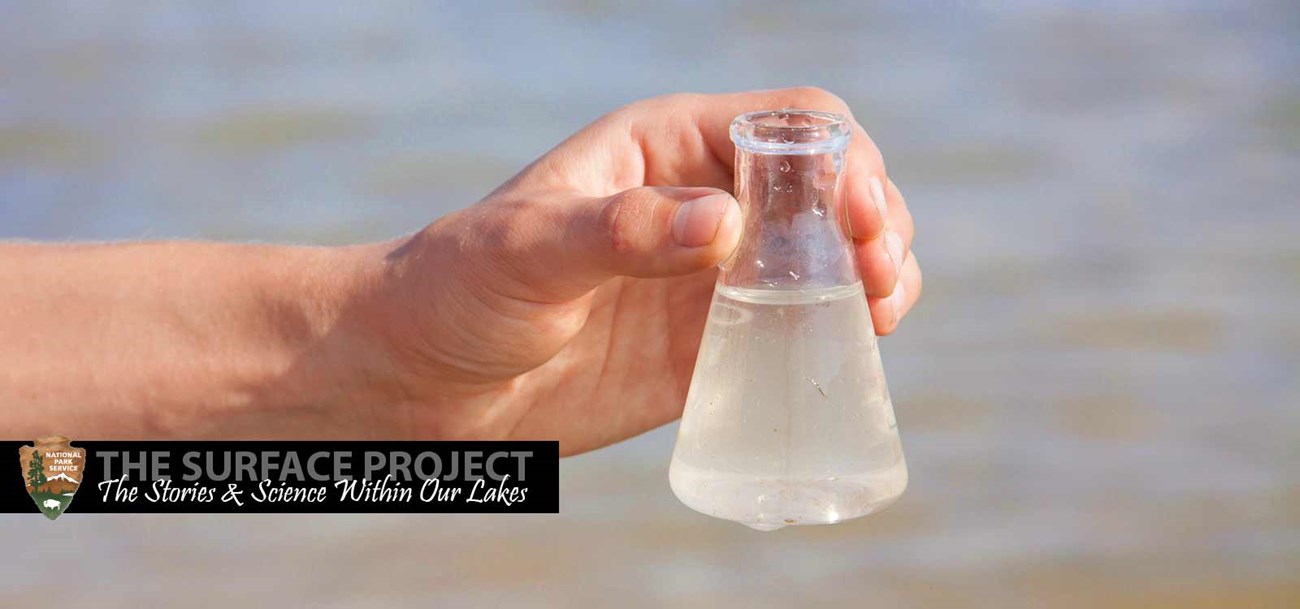
What’s in Our Water?When we think of water, most of us think of a liquid so clean and clear that we can see right through it. Yet almost all the water on Earth contains something that isn’t water. Some of these other substances are harmless, and others are a cause for concern, which makes some people wonder about the quality of the water they drink, bathe in, swim in, and fish from. So what’s actually in the water at Lake Mead and Lake Mohave? As water makes its way through the environment, it inevitably picks up certain substances along the way. Most of these are minerals that naturally seep out of the ground and into the water as it flows through riverbeds and lake basins. Small amounts of aluminum and fluoride, for instance, exist even in the world’s cleanest and most remote water sources. Water can also pick up nutrients like phosphorus and nitrogen from decaying plants along the waterway. 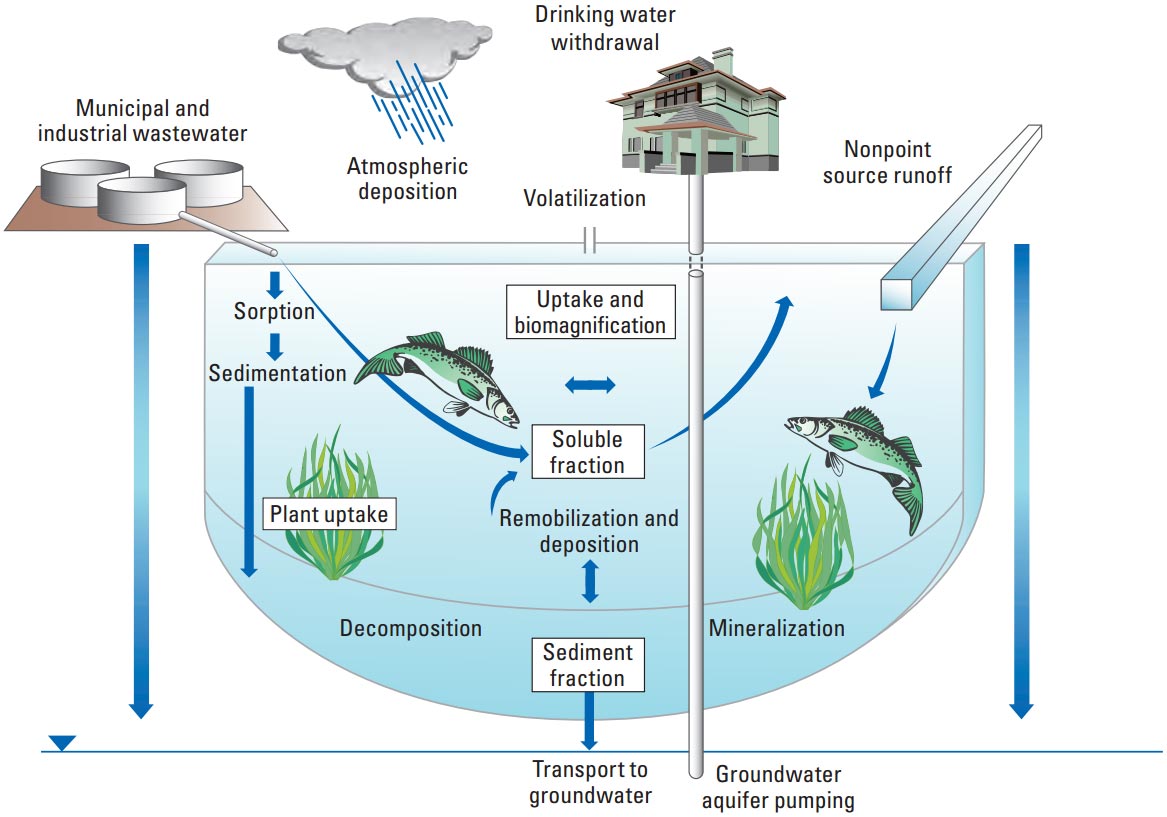
Sources and pathways of organic compounds in water and aquatic ecosystems. Other substances, known as contaminants, are a direct result of human influence. As storm water drains away from parking lots and lawns, it carries oils, pesticides, and fertilizer into local waterways. Some chemicals and heavy metals (like mercury) may be transferred from remote sources since air can transport the chemicals over long distances. Other chemicals from pharmaceuticals make their way through our bodies and then get flushed down the toilet, eventually re-entering the water supply. Even worse, larger amounts of contaminants can come from toxic spills and leaks from industrial areas. 
Many of the daily products we use, like fragrances, flame-retardants in household products, personal care products and pharmaceuticals, make their way into the water supply through municipal and industrial processes and also from us as consumers. This may all sound alarming, but Southern Nevada has an outstanding water source in Lake Mead. Compared to other large metropolitan areas, the lake has relatively little water contamination from human activity. That’s because the Colorado River is a very clean water source and provides about 97 percent of Lake Mead’s water. Before flowing into Lake Mead, the Colorado River has traveled hundreds of miles through Canyonlands National Park, Glen Canyon National Recreation Area, Grand Canyon National Park, and other undeveloped areas. Once it arrives in southern Nevada, the water is carefully monitored to make sure it’s safe for drinking, fish and wildlife, and recreation. 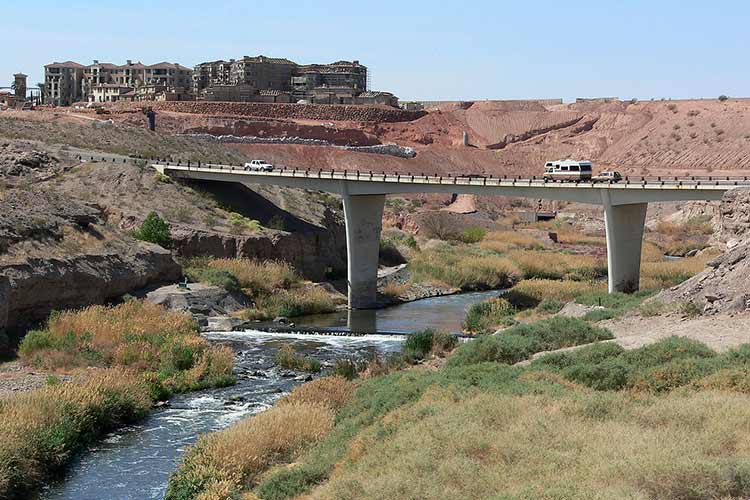
Las Vegas Wash carries more than 180 million gallons of treated wastewater into Lake Mead each day, as well as storm-water runoff from the valley. However, not all water that enters Lake Mead is free from human influences; certain parts of the local watershed tend to harbor more contaminants. Las Vegas Wash, for instance, carries more than 175 million gallons of treated wastewater into Lake Mead each day, as well as storm-water runoff from the valley. Las Vegas Bay, where this water enters the lake, is carefully monitored to make sure that water treatment programs are meeting state and federal standards and reducing contaminants to safe levels. While a number of contaminants that are commonly in urban wastewater and storm water are found in Las Vegas Wash and Bay, rarely do any substances in lakes Mead and Mohave reach levels that are high enough to cause a concern for human health. Studies have shown, however, that some of these contaminants can be found in fish and birds1 at levels that cause health effects to individual animals. It is not known whether these impacts to individuals are a threat to continuing successful reproduction and overall populations. A number of federal, state and local agencies are involved in monitoring water quality in these lakes, including the Southern Nevada Water Authority, National Park Service, Bureau of Reclamation, U.S. Geological Survey, Clark County, and the cities of Las Vegas and Henderson. These agencies continuously keep an eye out for water quality conditions and contaminants that could potentially cause problems in drinking water and recreational use. This includes monitoring not only bacteria and human pathogens, but also conditions that lead to algal blooms since certain types of algae in unusually high numbers can potentially cause illness in humans. The agencies also monitor for contaminants2 that can harm wildlife including pesticides, heavy metals, and other chemical compounds. In recent years, drought is playing an increasingly important role in the lakes’ health and water quality. As water levels in lakes Mead and Mohave drop, algae populations tend to increase due to warmer water and higher concentrations of nutrients available at the water surface. Contaminant levels can also rise due to resuspension of contaminants in newly exposed shoreline. Contaminants may be more concentrated in the greater expanse of shallow, warmer water, and more available to fish and wildlife. However, even though lake levels are currently low, extensive water monitoring by the managing agencies shows that overall water quality remains excellent. Without water from the Colorado River, southern Nevada would never have become home to millions of people. Moving forward, it’s vital to monitor and protect this valuable resource so that it can safely sustain the Las Vegas Valley and the recreation and habitat available at lakes Mead and Mohave for years to come. The Best Treatment Possible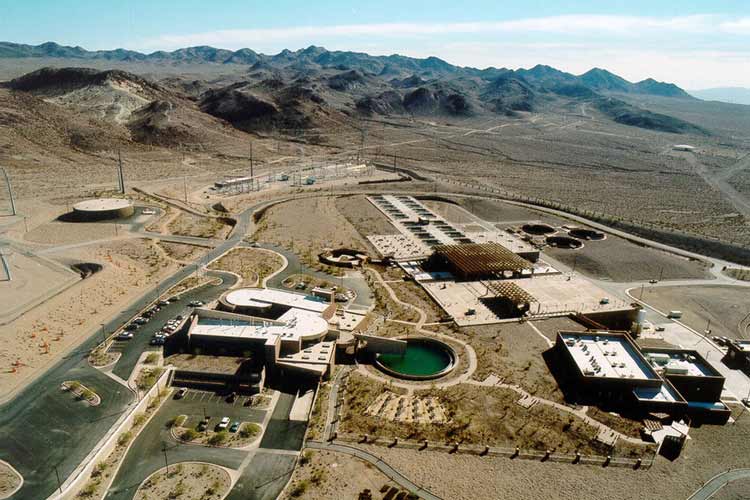
River Mountains Water Treatment Facility Lake Mead is one of the most important water storage reservoirs in the country. More than twenty-five million people, including more than two million residents of Southern Nevada, rely on its water for use in their homes and businesses. Much of the water leaving Lake Mead on its way to the Las Vegas Valley makes an important stop at the River Mountains Water Treatment Facility where up to 400 million gallons of water are treated each day before moving onto one of several pump stations throughout the valley. This is good news since only half a century ago, little attention was given to water quality making the possibility of water-related illnesses more prevalent. Today, regulations and water treatment methods have made water, especially in Southern Nevada, some of the cleanest water in the country. Read MoreTracking Contaminants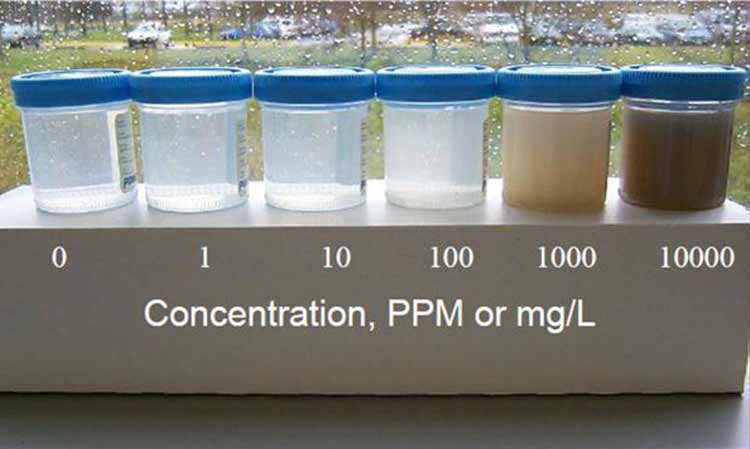
A scale of parts per million in water. We rely on water every day - when we take our first drink in the morning, take a shower or flush the toilet - but we rarely think about how important clean water is to our daily lives. Yet water-related diseases are some of the world’s leading killers, especially among the poor in developing countries. We are fortunate in the United States that a series of laws and regulations protect our waters. Here in the Southwest Desert, water quality is taken very seriously. |
Last updated: April 5, 2017
